

CarExpert.com.au
The CarExpert team's favourite cars of 2025
2 Hours Ago

Marketplace Journalist
Lotus has unveiled the Theory 1, a concept car intended to preview its all-electric future and the technologies that will begin to appear on its performance cars in the coming years.
The Theory 1 is a two-door electric sports car that features a design Lotus claims was inspired by the Esprit of old, headlined by a sharp wedge-like profile that leads to a pointed front edge and a cabin that sits towards the front of the car.
While the Esprit had its cabin positioned further forward to fit a mid-mounted engine, the Theory 1 has no such requirement due to its electric powertrain.
Lotus has made it clear this car is only a concept, with no plans to put it into production. Instead, the features found on the Theory 1 are likely to influence future performance electric vehicles (EVs) from the British brand.
100s of new car deals are available through CarExpert right now. Get the experts on your side and score a great deal. Browse now.
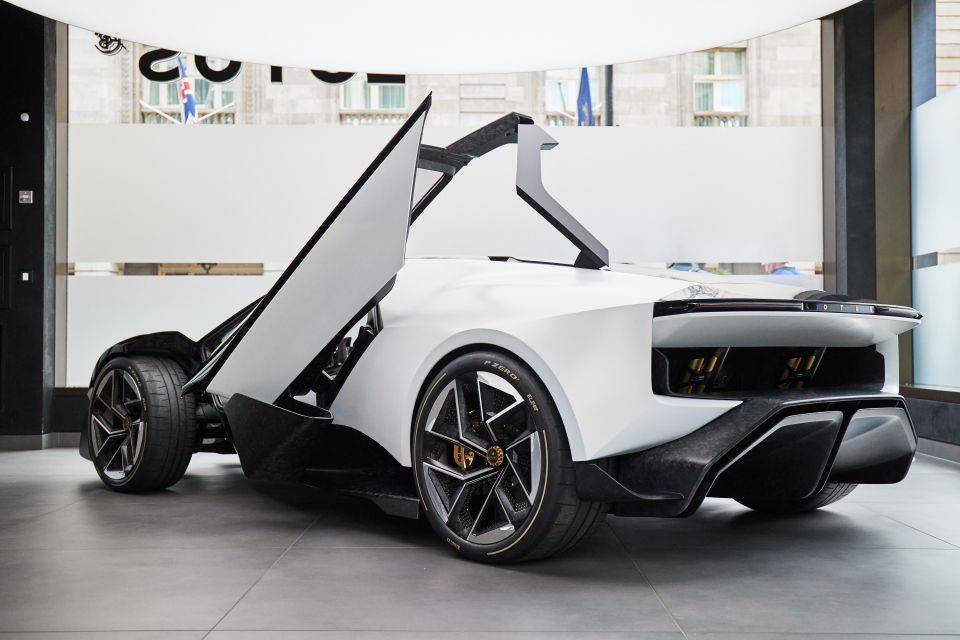
Lotus says its intention with the Theory 1 was to “demonstrate that you don’t need to compromise” when producing a performance car for the future, with “both digital and analogue capabilities working harmoniously” to create a future car.
The Theory 1 is built atop a carbon tub with three seats, with the driver’s seat located in the centre of the car and flanked by two passenger seats further back – much like the arrangement in the iconic McLaren F1.
Unlike the McLaren, the all-wheel drive Theory 1 is fed by a 70kWh battery and can produce a maximum of 735kW of power.
The 0-100km/h sprint can be done in under 2.5 seconds, while the claimed top speed is 320km/h.
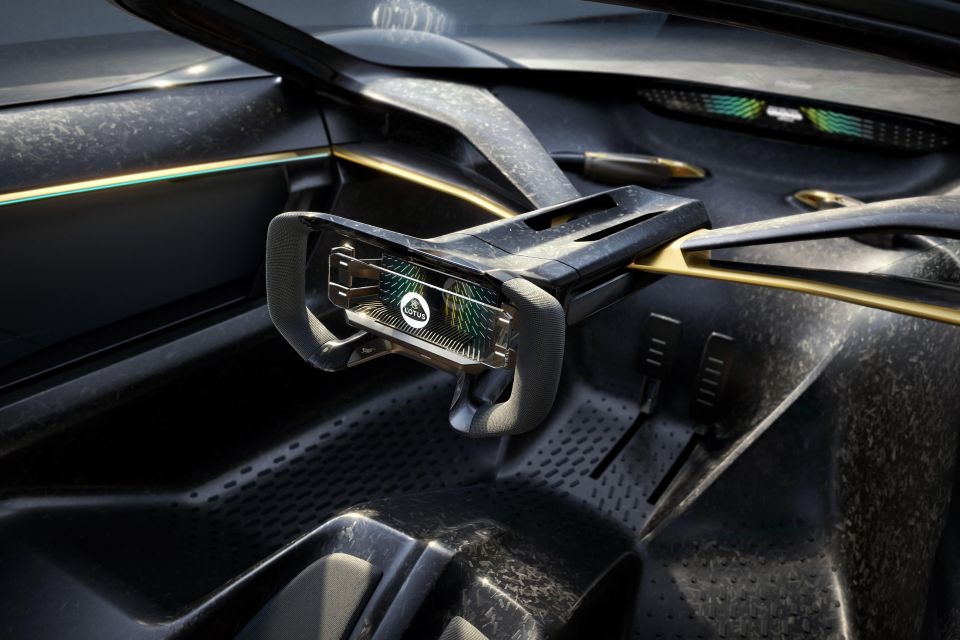
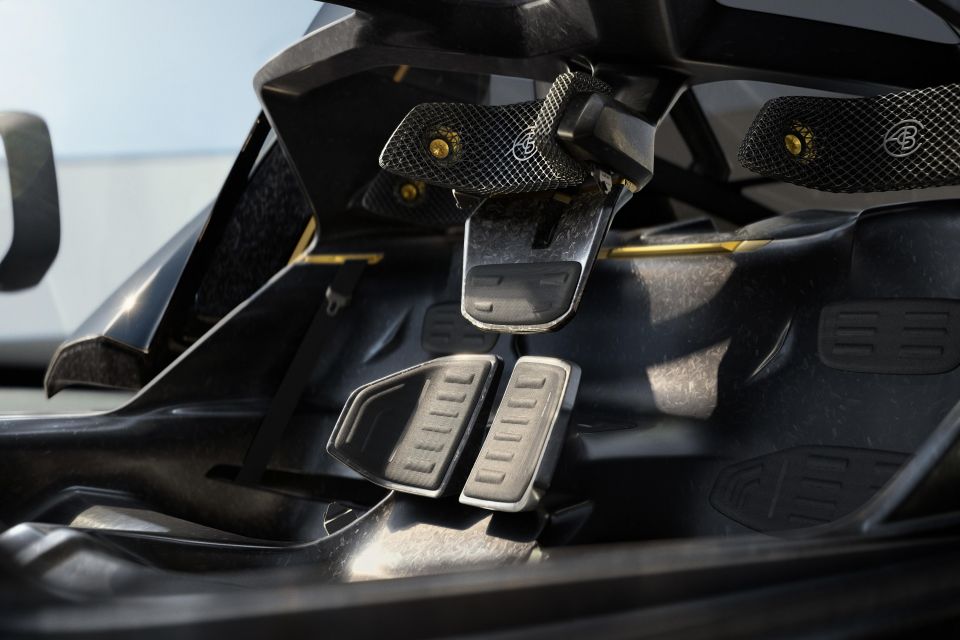
Lotus also claims electric range of 402km under the WLTP test cycle.
The Theory 1 measures in at 4490mm long, 2000mm wide, and 1140mm tall, and weighs in at less than 1600kg.
It’s similar in size and weight to the Evija supercar, though that car outputs a colossal 1500kW with the help of a 93kWh battery.
Inside, the Theory 1 features a head-up display, while screens on either side of the dashboard show footage from behind the vehicle as it lacks conventional side mirrors.
Its seats are also built into the body of the car, and feature a unique material designed to support the idea of “intelligent driving”
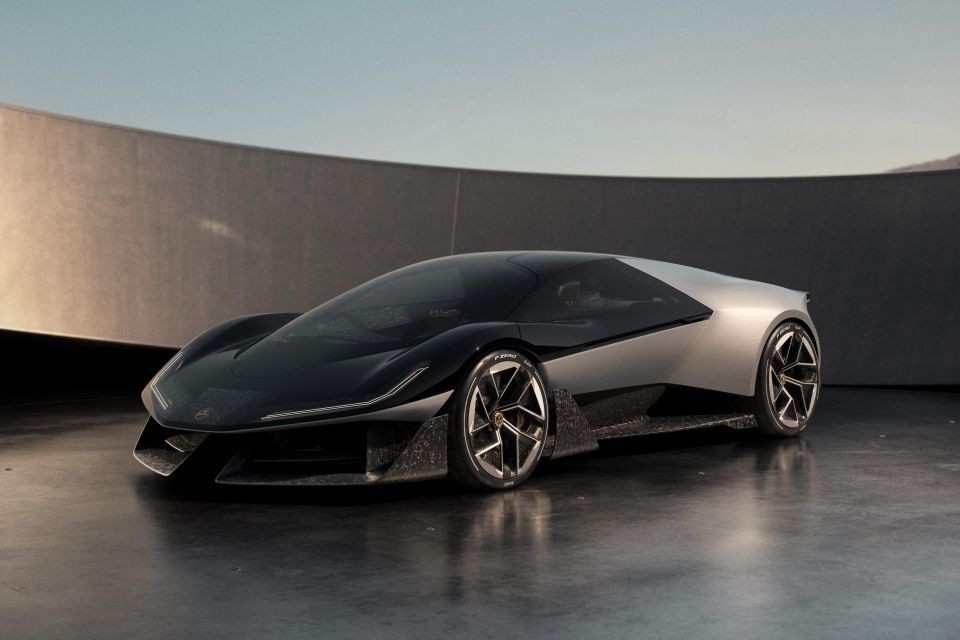
The material has been described as an “adaptive soft and lightweight robotic textile material”, which can respond to prompts from outside the car and adapt to relay information to the driver.
The Theory 1’s seats and steering wheel are also fitted with inflatable pods to provide haptic feedback, which can do things like create pulses to inform the driver of a car behind or when they should make a turn.
The seats’ headrests are also fitted with 3D-printed lattice material to reduce weight and improve comfort, and include in-built speakers like what you’d find in a Mazda MX-5.
The Theory 1’s doors open backwards and wrap over the roof of the car. Lotus says such a design helps to maintain a small footprint, maintaining full use of its doors and easy access even in tight parking spaces.
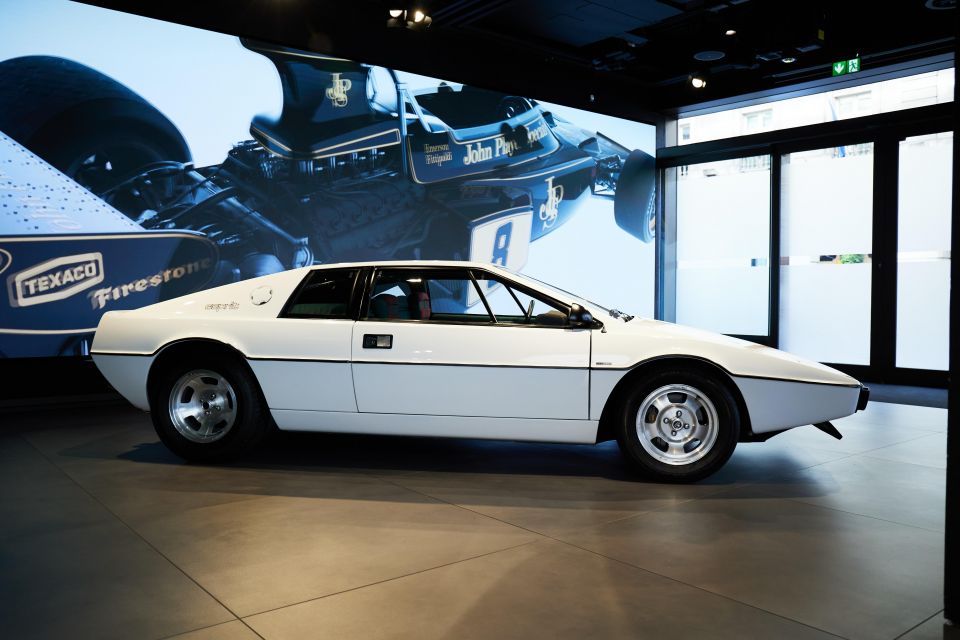
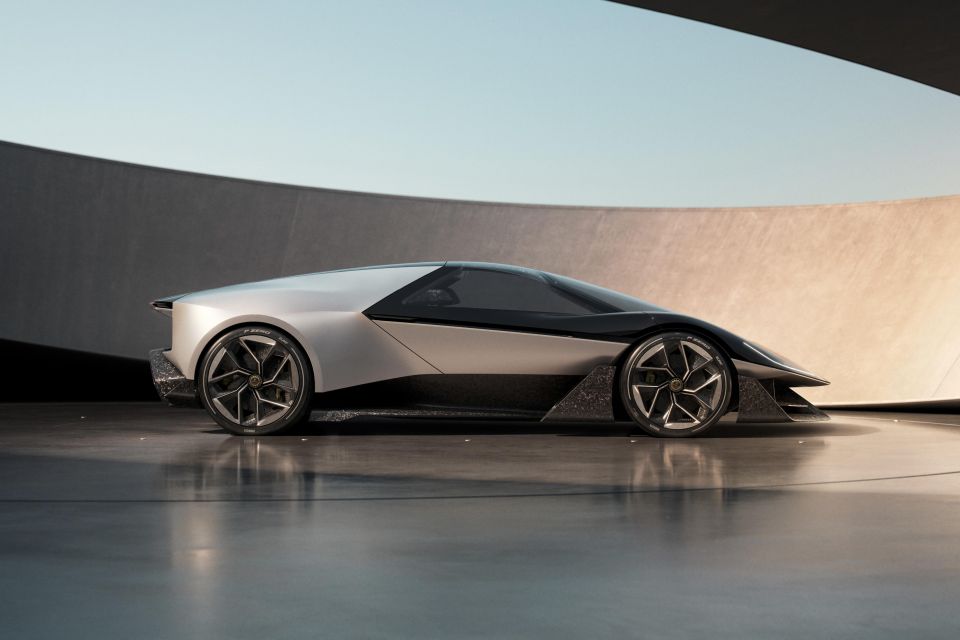
At the rear is an active rear wing and passive underbody, all of which helping to produce downforce and reduce drag.
Lotus says it drew inspiration from the 1967 Lotus 49 Formula One car to develop the motor and suspension arrangement, as the motor and battery are designed to take the forces directly from the suspension, reducing complexity and weight.
The rear wing has also been mounted directly to the motor and suspension assembly, while the whole car has been constructed from ten main “A-surface materials” with performance, durability, weight, and recyclability in mind.
Such materials included cellulose-based glass fibre and titanium, along with recycled materials like chopped carbon fibre, rubber, polyester, and aluminium.
Click the images for the full gallery
Where expert car reviews meet expert car buying – CarExpert gives you trusted advice, personalised service and real savings on your next new car.
Max Davies is a CarExpert journalist with a background in regional media, with a passion for Japanese brands and motorsport.


CarExpert.com.au
2 Hours Ago
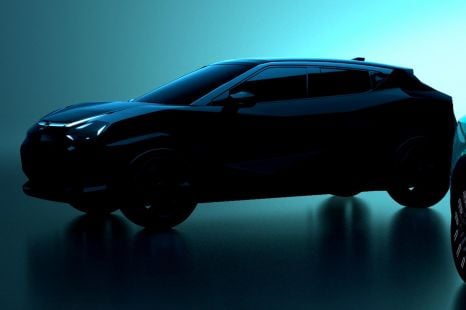

Damion Smy
16 Hours Ago


Damion Smy
19 Hours Ago


Damion Smy
23 Hours Ago


Damion Smy
1 Day Ago


Damion Smy
1 Day Ago